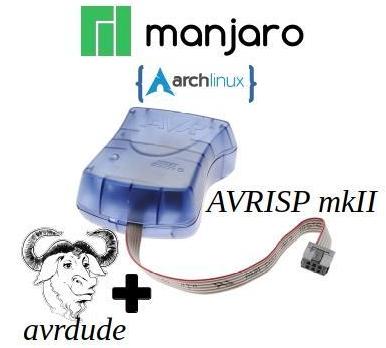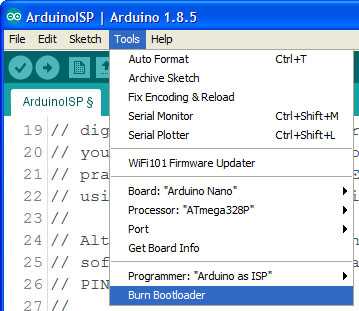

If you wanted to read the eeprom memory into the file "eedump.hex" you would use -U eeprom:r:eedump.hex:i If you wanted to write the file test.hex to the flash memory, you would use -U flash:w:test.hex:i.

We will always be using "Intel Hex" format, so use i and means theres an optional format flag.

The is, well, the file that you want to write to or read from. the r|w|v means you can use r (read) w (write) or v (verify) as the command. The is either flash or eeprom (or hfuse, lfuse or efuse for the chip configuration fuses, but we aren't going to mess with those). Its the one that actually does the programming.

It might be COM1 for serial or LPT1 for parallel or USB for, well, USB. -P : This is the communication port to use to talk to the programmer.We don't want that so don't use this command switch. -D: This disables erasing the chip before programming.-c : Here is where we specify the programmer type, if you're using an STK500 use stk500, if you're using a DT006 programmer use dt006, etc.Theres a default configuration file, so lets just use that: don't use this command switch -C : The config file tells avrdude about all the different ways it can talk to the programmer.It'll be discussed later, for now don't use it. If your chip is being clocked very slowly you'll need to talk slowly to it to let it keep up. -B : This is for changing the bitrate, which is how fast the programmer talks to the chip.Don't use this switch, the default is correct. -b : This is for overriding the serial baud rate for programmers like the STK500.For example, if you are programming an ATtiny2313, use attiny2313 as the partnumber -p : This is just to tell it what microcontroller its programming.Don't try to memorize them, just get a sense of what some of them may do. There are a lot of options, lets review them quickly.


 0 kommentar(er)
0 kommentar(er)
